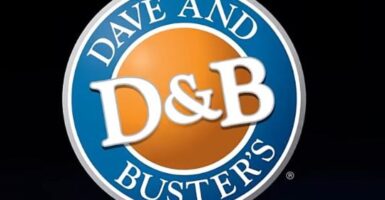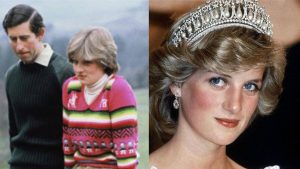Who Owns Jaguar?
Who owns Jaguar started with the Swallow Sidecar Company and is now Tata Motors.
This article is more than 2 years old
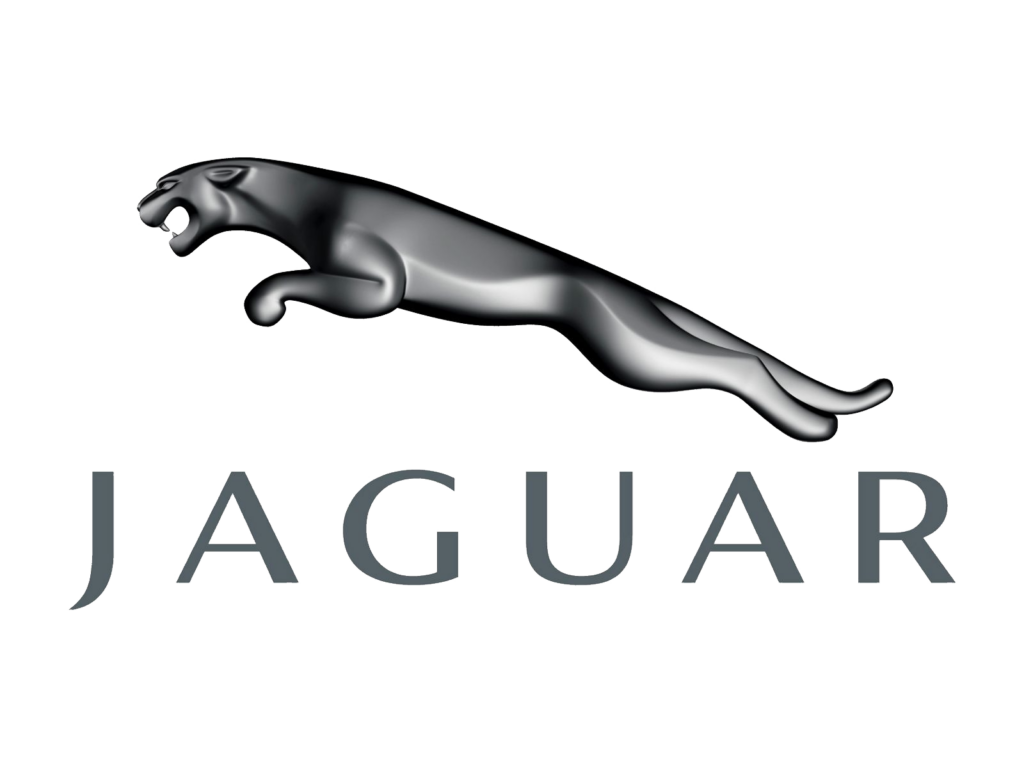
When you talk about luxury cars, the Jaguar is one that is always part of that discussion. You will often hear the Jaguar name along with the likes of Mercedes-Benz, BMW, Lexus, and Cadillac, and rightfully so. For almost 90 years, the Jaguar name has been synonymous with not only luxury but dependability as well. So, how did the Jaguar car come to be, and more importantly, who owns Jaguar now?
WHO OWNS JAGUAR BEGINS WITH THE SWALLOW SIDECAR COMPANY
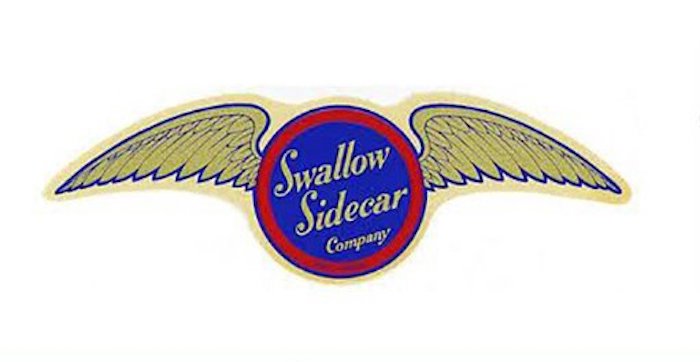
The history of the Jaguar dates all the way back to 1922 with the founding of the Swallow Sidecar Company. Two Williams, (William Lyons and William Walmsley) both motorcycle enthusiasts, founded the Swallow Sidecar Company. So technically, at first, this is who owned Jaguar when it started.
As the name suggests, the early models they created were motorcycles and sidecars for these bikes. As the ‘20s rolled on, Lyons and Walmsley continued to own the company, though the name changed a couple of times. By 1926, it was being called Swallow Sidecar and Coachbuilding Company.
Along with sidecars, they were now also building coaches for cars. The following year saw the duo drop “sidecar” from the company name, going with the Swallow Coachbuilding Company.
As the ‘30s approached, the company turned its attention away from motorcycles and began manufacturing automobiles. This was done more on Lyons’s insistence, something that Walmsley was not as keen on. As things expanded, Lyons created the S.S. Cars Ltd company in 1934 and this is when Walmsley left the company. Who owns Jaguar was starting to take a turn based on different visions for the company.
It was in 1935 that the world (actually England) was first introduced to the Jaguar model. This was the 1935 SS Jaguar 2.5l Saloon. As far as pre-war era cars go, the new 4-door Jaguar Saloon was one of the most beautiful cars on the planet. Who could own a Jaguar began to be a real thing because of how unique the car looked.
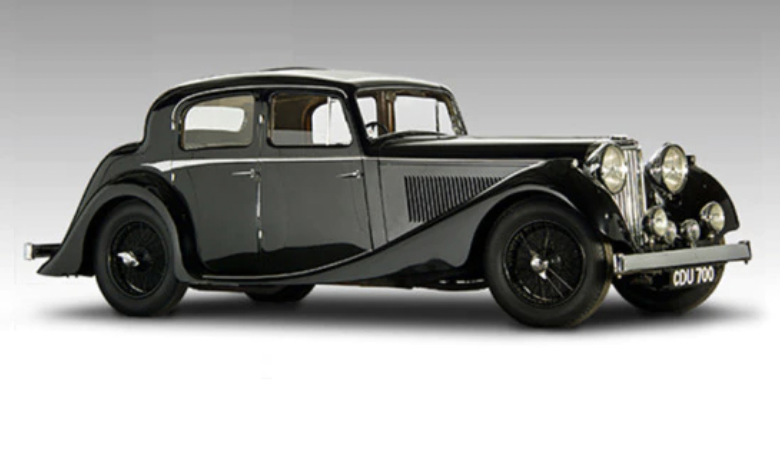
Along with the SS Jaguar Saloon, Lyons also came out with the SS Jaguar 100. This was a 2-door sports car model with a 3.5l engine. It too was a beautiful car and set the standard for future Jaguar models. Because of the initial beauty, who owns a Jaguar became a real question among consumers.
WHO OWNS JAGUAR AFTER THESE FIRST MODELS?

You would have to think that over the almost 90 years of existence, the Jaguar has changed ownership a time or two. You would be right when it comes to who owns Jaguar. In 1945, the name of the automobile changed. This was because the “SS” name was not well thought of because of WWII, so Lyons and company decided to formally drop the SS title, and thus, the solo Jaguar name was born.
Lyons was who owned Jaguar, at least by a majority, all the way through the ‘40s and ‘50s. By the time the ‘60s rolled around, Lyons was still in charge but was fearful of his age and the fact that he didn’t have an heir. Who owns Jaguar after his passing was called into question, even though it hadn’t happened yet. Also by this time, the Pressed Steel Company was manufacturing all Jaguar bodies.
In 1965, British Motor Corporation (BMC) and Austin-Morris combined to purchase Pressed Steel. Lyons then made the decision to accept BMC’s offer to merge and from that British Motor Holdings was formed. Who owned Jaguar now fell to a much larger company.
Eventually, though, this partnership was not successful. Who knew owning Jaguar would be this hard? The brand languished for years.
It wasn’t until 1984 that Jaguar was turned back into its own separate company. Sir John Egan was given the credit for bringing the brand name back to life. By the time 1986 rolled around, Egan had laid off some 10,000 employees to cut costs.
It wasn’t only letting go of employees that helped the company sell more Jaguars, but Egan also had solutions to the other problems the company was faced with, mainly quality control, poor productivity, and lagging delivery schedules. Egan pushed to improve Jaguar’s quality.
Prices in the United States went up, but they were able to hide this because of the very favorable exchange rate. This made it slightly more accessible in terms of who could own a Jaguar in the US.
Was it too much of a good thing? Was who owns Jaguar about to change again? Ford thought it was, so in 1989, they put in their bid to the US and UK shareholders to purchase their shares. The deal took almost a decade to complete but in 1999, Ford purchased Jaguar. The following year Ford purchased Land Rover. Ford held onto Jaguar for 9 years before deciding they needed to sell.
WHO OWNS JAGUAR NOW IS TATA MOTORS

The writing was on the wall for Ford. In the entire time the Ford Motor Company owned Jaguar, they never once turned a profit on the car. So, in 2008, it was Tata Motors who made the winning bid to purchase Jaguar from Ford. In their deal, they also purchased Land Rover. All total, Tata paid Ford $2.3 billion for both Jaguar and Land Rover. Tata was who ultimately came to own Jaguar.
“This is a momentous time for all of us at Tata Motors,” said Ratan N. Tata, Chairman of Tata Sons and Tata Motors, in his press release at the time of the purchase.
“Jaguar and Land Rover are two iconic British brands with worldwide growth prospects. We are looking forward to extending our full support to the Jaguar Land Rover team to realize their competitive potential. Jaguar Land Rover will retain their distinctive identities and continue to pursue their respective business plans as before. We recognize the significant improvement in the performance of the two brands and look forward to this trend continuing in the coming years. It is our intention to work closely to support the Jaguar Land Rover team in building the success and preeminence of the two brands.”
Tata Motors is who owns Jaguar, and they still own a number of factories where the automobile is put together. In Birmingham, England the Jaguar’s XE, XF, XJ, and F-Type are manufactured. The Jaguar F-PACE is built in Solihull, England. Wolverhampton, England is the engine assembly plant, and they have other plants in Graz, Austria; Changshu, China; and Pune, India.
JAGUAR WILL BE FULLY ELECTRIC BY 2025
Tata Motors, which now calls the company Jaguar Land Rover, recently announced that the Jaguar portion of the company will be fully electric vehicles by 2025. They also stated that by 2030, the Land Rover portion will also be fully electric vehicles. This is a big move but not one that was unexpected. All car manufacturers are dealing with the same issue of reducing their Co2 emissions, and this is the direction all car manufacturers are heading.
To make this move to fully electric Jaguars even more eminent, the UK government wants to outlaw the sale of any gas or diesel vehicles by 2030. The problem that faces smaller car manufacturers such as Tata Motors, who owns Jaguar, is that it is much more expensive to design and build a fully electric car, making it even more difficult to turn a profit on them.
This puts the Jaguar maker in the position where they have to charge more for the electric car during a time when money is hard to come by.
